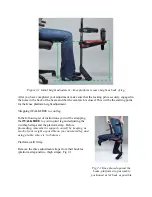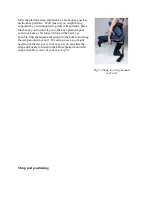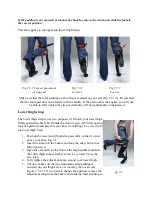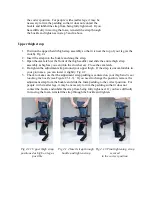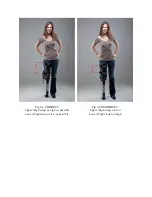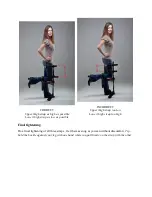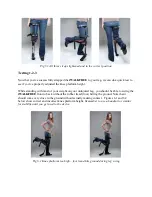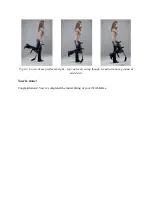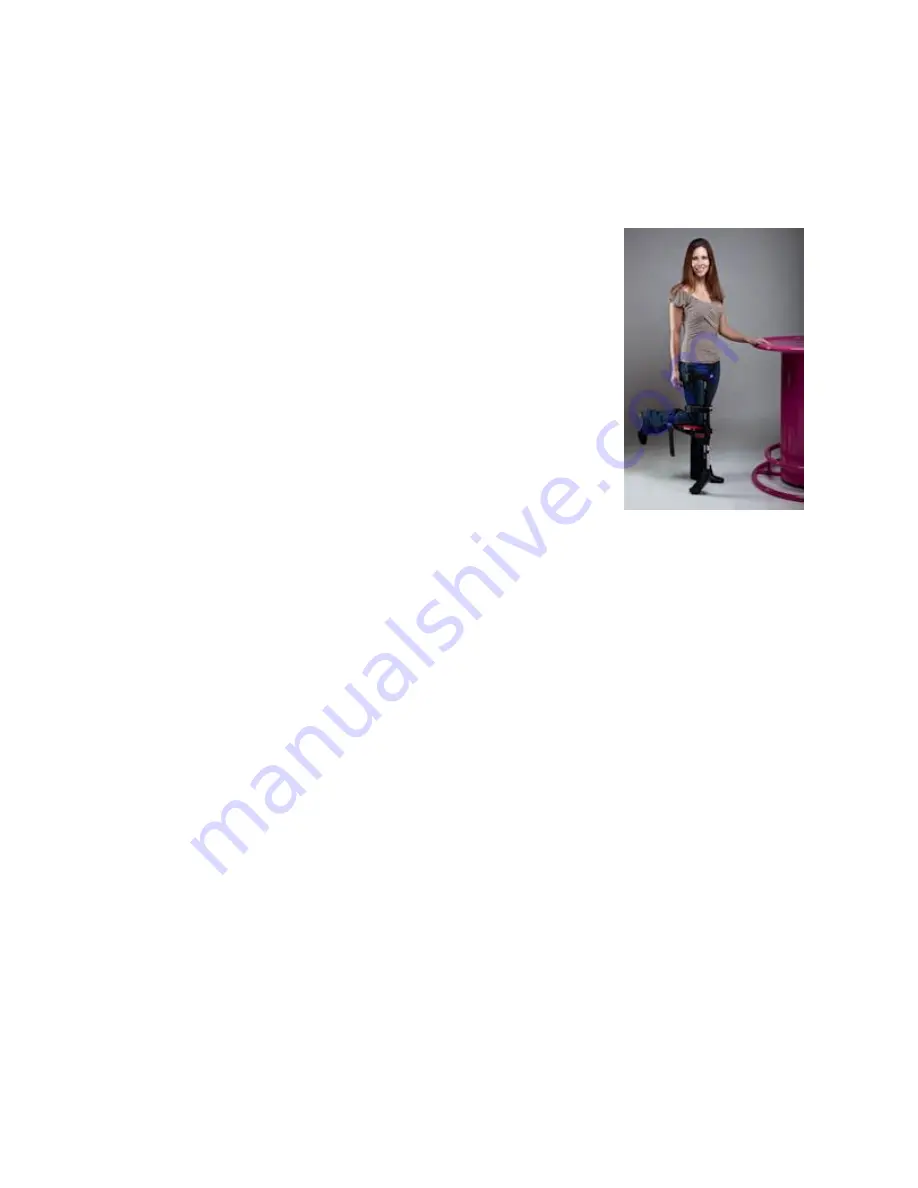
Fitting Instructions
Tailor the fit of your iWALKFREE
Now we will cover how to tailor the fit of your
iWALKFREE
.
Adjustments are quick and easy and require no tools – just be sure that
you have ordered the correct size!
Wearing for the first time
YOUR SAFETY IS OUR FIRST CONCERN, SO BEFORE
USING YOUR IWALKFREE, please do the following:
1.
Read all instructions before starting the fitting process.
2.
MAKE SURE THAT YOU ARE COMPLETELY FAMILIAR
WITH THE VARIOUS ADJUSTMENTS. Before wearing
the
iWALKFREE
, practice adjusting the knee platform height
, adjusting and removing the thigh straps and setting the height
of the knee tray.Once you are familiar with them, you can try
on your
iWALKFREE
for the first time.
3.
UNTIL YOU ARE PROFICIENT AT WEARING AND
USING YOUR IWALKFREE, SUPPORT YOURSELF
USING A HANDRAIL, PARALLEL BARS OR
SIMILAR.
Good household substitutes include the back of a
sofa, a sturdy table or chair back, a guard rail or any other
stable, waist high or higher device that can support your
weight.
4.
IMPORTANT – KEEP AS MUCH WEIGHT AS POSSIBLE
ON YOUR UNINJURED LEG WHEN PUTTING ON THE
IWALKFREE. TRY TO PUT AS LITTLE WEIGHT AS
POSSIBLE ON THE IWALKFREE UNTIL ALL THE
STRAPS ARE ON AND ADJUSTED.
”Supporting and
balancing yourself
with an external aid when
putting on
our iWALKFREE.
Set the Knee platform height
Sit in a chair with your knee bent at 90 degrees. Using your uninjured leg with shoe on, measure
the distance from the ground (just behind your heel) to the bottom of your thigh (back of your
knee – where your thigh meets your calf ). This measurement will be the initial height of the
iWALKFREE
Knee platform (Figure 1-1).
Note – you might fine tune the height after your first
few times walking on the
iWALKFREE
.


